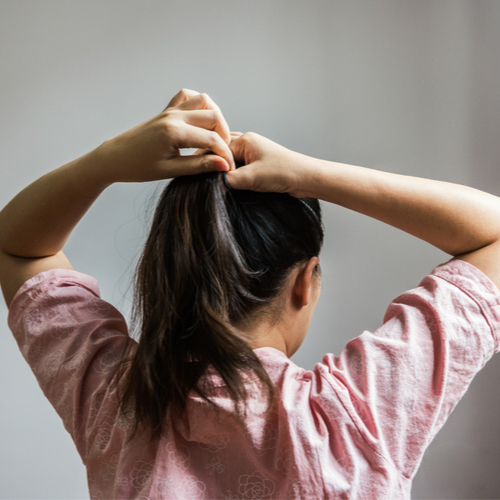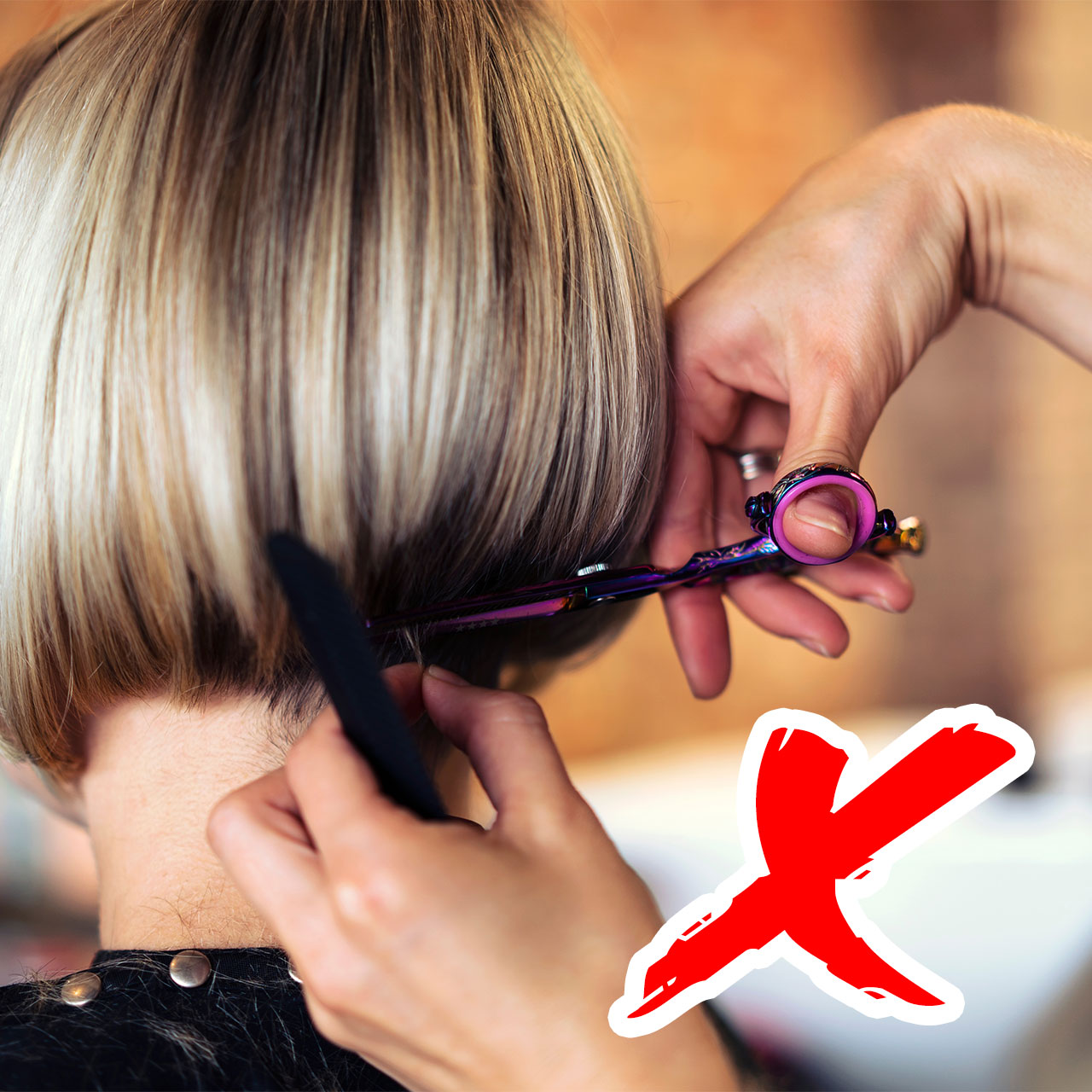This is an archived article and the information in the story may be outdated. Please check the time stamp on the story to see when it was updated last.
Over time, it’s only natural that you will experience some light hair fallout when you’re in the shower or brushing your hair after a long day. However, there comes a point when hair loss goes from normal to concerning, and that’s when you can see visible patches on your scalp where you’re missing strands. Ultimately this can stem from a number of causes: stress and anxiety, illness, or even a bad response to certain hair products. But there are mistakes you could be making in your everyday routine that are causing an increased rate of hair loss, pulling out strands from the root and causing those thinning patches we all dread.
Choosing the right hairstyle to fit your mood comes with a variety of options, but you should be weary that certain hair styles can actually expedite the hair loss process, tugging out your strands and creating tension that leaves your locks weak. If you’ve been struggling with thinning hair and are looking for the root cause, there’s one common hairstyling mistake you could be making which is the underlying culprit for your hair woes.


Some people don’t feel the need to style their hair every morning, and instead hop straight out of the shower, immediately throwing their locks into a wet ponytail or bun to simply get it out of their face. However, while this style may streamline your morning routine, it could be causing breakage and fallout which puts your scalp at risk for damage. “It’s when we do tight ponytails and buns that our hair is pulled into one spot. However when the hair is wet it's even more fragile. So when we make tight ponytails or buns in wet hair we are playing with delicate strands of hair and making them vulnerable even more,” explains Elisha Chauhan, award-winning stylist and founder of EdTech company Hair and Beauty Tour LLC.

Particularly if you are aware that you might have a sensitive scalp, it’s best to steer clear of styling wet hair in a tight bun or ponytail as consistently pulling the hair in one direction day after day may even trigger alopecia. That doesn’t mean you have to do away with updos for good, it simply means you have to be a little more mindful when pulling your hair away from your face. “If you are a ponytail person, make sure that your hair is dry and then try to change the spot in which you make a ponytail,” suggests Chauhan. “On one day it could be top knot, on day two it could be on the lower back in the center, on day three it could be towards the middle centre etc. The idea is to not pull the hair in one direction consistently.”

Changing the location of your updos is integral for maintaining the strength of your strands, but being cognizant not to pull too tightly is vital for preventing fallout as well. “Firstly, when doing those high tension styles, make sure it isn't being done so tightly to the point of causing you an excessive amount of pain. This is a clear sign that the style is putting stress on your strands and your scalp,” warns hair expert and founder of haircare line Adowa Beauty, James Debbah. “If you want to do a ponytail style, it doesn't always have to be a pristine slicked-back style. Welcome a more natural pony style or maybe rock that messy bun.” Variety is the spice of life, and this applies to your hairstyles as well, particularly when it comes to limiting fallout.

If you’ve noticed thinning strands and are guilty of putting your wet hair up straight out of the shower, all hope is not lost. Changing your habits and allowing your hair the chance to bounce back from your mistakes will quickly reveal thicker and healthier strands. If your hair loss is more severe and you suspect it’s not caused by hairstyling, it may be worth speaking with an expert to discuss topical solutions to fallout, but otherwise simply changing up your styling routine may be enough to let your healthiest locks shine through in no time at all.


























